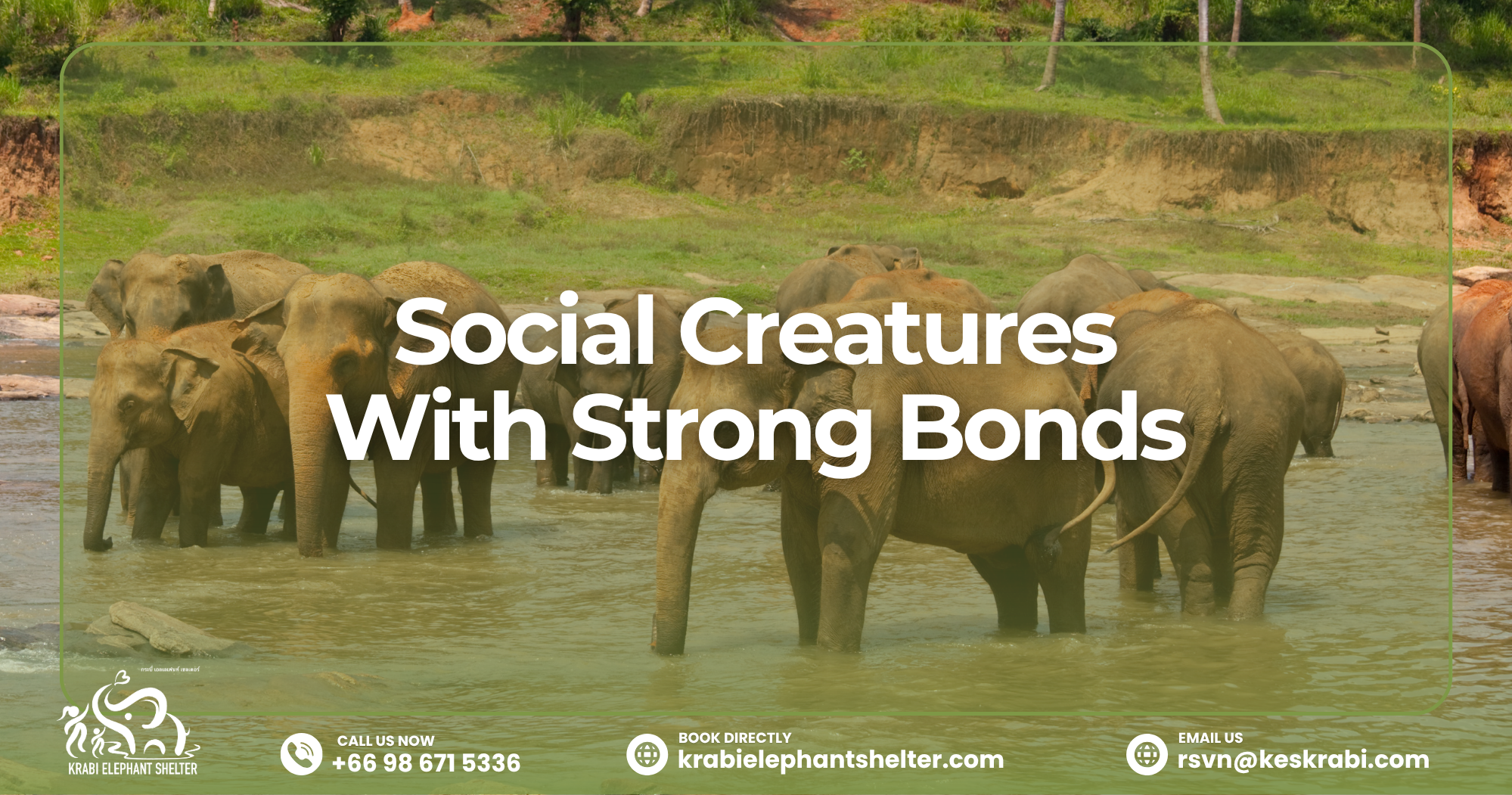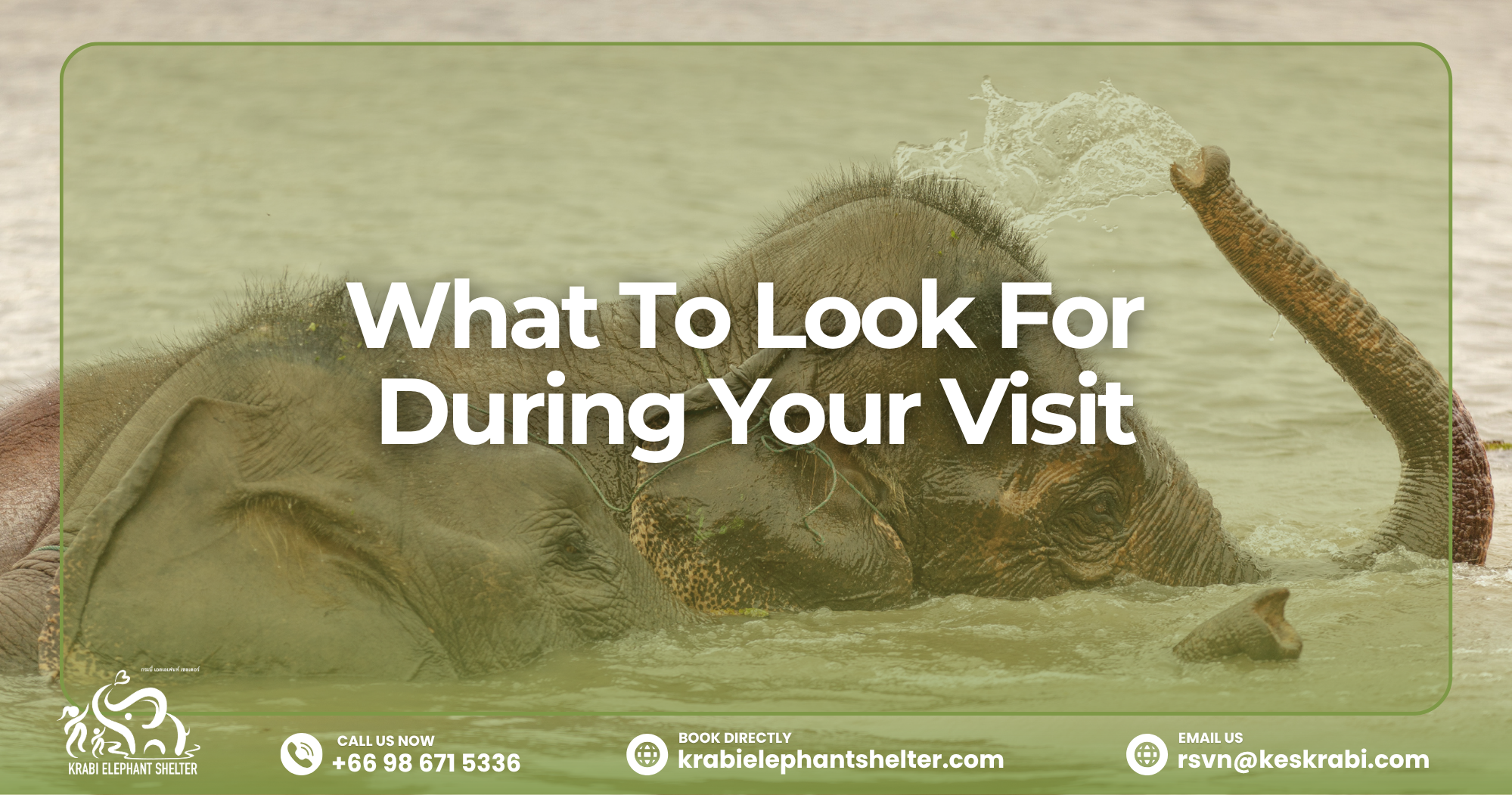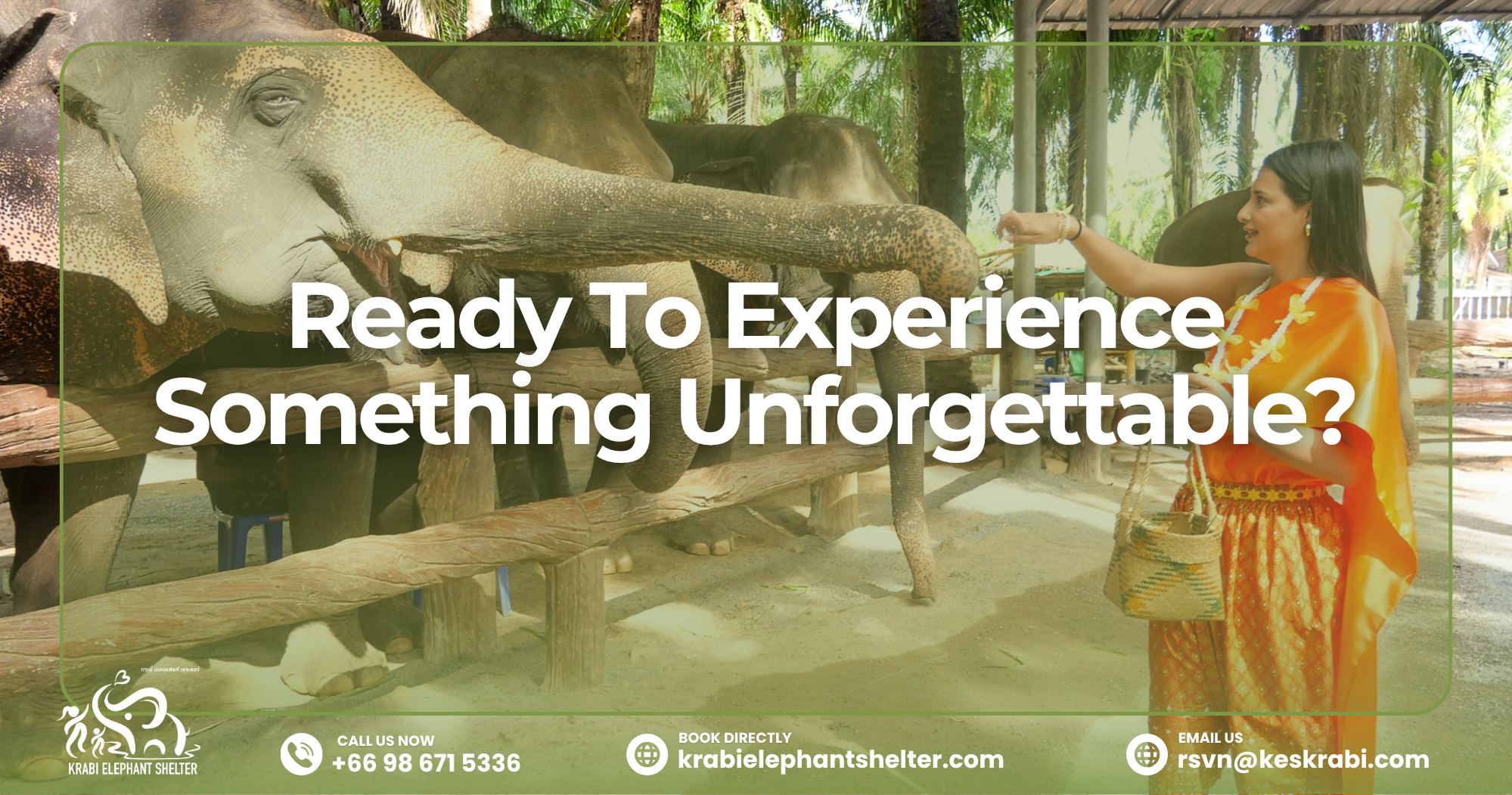Elephant behaviour makes elephants one of the most interesting creatures on earth, not only in their size, but also in the way they lead their life, communication, and emotional attachment.
At our shelter, there is a rare opportunity to see these peaceful giants in their natural and relaxing form. But what are they doing when they flap their ears or spray dirt or rumble quietly to each other?
Why Understanding Elephant Behaviour Matters
Elephants are captivating when observed. However, knowing a bit of why they behaved the way they do can make your experience even more significant. Elephants are very intelligent social animals, and every step or every sound has a meaning.
From subtle gestures to vocal expressions, elephant behaviour is full of depth and meaning. Once you know about these behaviours, you are not a spectator. You’re connecting.
It can be a matriarch herding her herd or a young one rolling in the mud, there is a lesson that will tell you more about how an elephant thinks and feels. We not only aim to offer a safe place to the elephants at our shelter, but we also aim to offer education to whoever comes to visit their place.
Social Creatures With Strong Bonds
The Elephant Family Structure
One of the most heartwarming parts of elephant behaviour is their tight-knit family bonds. Elephants exist in matriarchal groups where the wisest female tends to lead. She leads the team, decides, and transmits knowledge to other younger members.
The Calves remain near the mothers, and the whole herd takes care of them. This activity is referred to as allomothering, which means that the two aunties and the sisters facilitate the growth of the young.
The communistic lifestyle is not only pragmatic. It’s emotional. The elephants have been seen mourning their dead, comforting themselves in times of pain, and celebrating the newborns. Visitors are normally touched by what they observe at the shelter as these bonds occur.
Communication And Expression
There is a complex communication system of elephants, such as sounds, body language, and even seismic signals (vibrations that people feel in the ground). Rumbles can transmit messages over miles, whereas contact of the trunk and the ears exchange communication nearby. You may see that an elephant puts its trunk around the trunk of another. This is an emotion of love or assurance.
Understanding these social signs is a key part of interpreting elephant behaviour. A likely nudge or rumble may be composed of a more serious part of herd communication between members.’
Natural Instincts And Daily Routines
Feeding Habits
A considerable amount of time is consumed by elephants in eating. They eat hundreds of pounds of food per day, which consists of grass, leaves, fruits, and bark. And you will find them in the shelter, grazing among the naked trees.
You will often see them stripping the young logs of the sign of life. This is a clear demonstration of natural elephant behaviour in a safe, pressure-free environment.
Their trunks are a universal tool: they sniff, they grab, they break it, and even wash their food. I am tickled as I saw them munching with such concentration and gratification. And rightly, some will be rather particular about their preferences.
Bathing And Dusting
It is probably through the parks that you will get to witness elephants having water time by splashing, rolling, or just standing at a pond to cool themselves. Thereupon, they tend to be cushioned with mud or dust.
While this might seem messy, it’s an important part of elephant behaviour. This makes a natural sunscreen and guards their delicate skin from sunburn and bites.
It is also a social activity. Elephants could hose each other around or assist in reaching the spots that are otherwise difficult to reach. These bonding tendencies demonstrate their tender nature and affectionate to interact.
Emotional Intelligence And Memory
Elephants are known to be memory monsters, but have you known that they express empathy, grief, and happiness? Emotional intelligence is a powerful part of elephant behaviour.
Most of the elephants that we have at our shelter have gone through hard backgrounds. It is humbling and uplifting to see them create new friendships and receive confidence back, and become curious again.
You may notice the elephant consoling the other that is nervous and hanging close to the caregiver that he trusts. These scenes provide an unusual glimpse into the nature of how strongly elephants can feel and how healing is achievable with time and consideration.
What To Look For During Your Visit
Playfulness And Curiosity
Not all elephant behaviour is serious. Young elephants are fond of playing. They will hunt birds and kick water, or they will stand on logs. Elephants, even of mature age, indulge sometimes in playing. It makes them rest, build relationships, and keep them mentally fit.
When you visit, keep a lookout for signs of curiosity. An elephant would take a new thing and sniff around it, touch, or nudge gently with the trunk. This reflects on their smartness and problem-solving tendency.
Quiet Moments Matter Too
It’s easy to get excited by movement and action, but stillness is also a part of elephant behaviour. Elephants usually hang motionless under a tree or against the shade, or take a siesta when it is hot in the afternoon. These scenes illustrate that they are comfortable in their environment.
Instead, do not cut between one photo opportunity to another, but rather just watch. The quiet, deliberate move of the elephants is made to attract the same in us.
Respecting Their Space And Freedom
Respect is one of the most valuable things that we spread at the shelter. Observing elephant behaviour from a respectful distance allows the elephants to remain relaxed and natural. In this case, they are not subjected to performing and interacting. They determine the way and time to interact.
This method will allow you a purer experience. You are not watching TV, you are watching actual elephant life as it occurs hour by hour.
What You’ll Take Away
Passing time with elephants in a natural, non-agitated environment extends beyond a sweet memory. It is an opportunity to see the world from their perspective. By understanding elephant behaviour, you’ll walk away with a deeper appreciation for their intelligence, emotions, and everyday lives.
All the encounters that you observe become more significant in case you understand what they symbolise. It is in their gentle motion as they sway to and fro in the wind, in that low rumbling sound deep in their chests, or in the manner in which they huddle together in the shade of the trees, that a story is there.
Ready To Experience Something Unforgettable?
Come and visit our ethical elephant sanctuary and watch these magnificent creatures in their natural habitat. Besides the pleasure of learning, observing, or just experiencing nature, your visit assists in the creation of a better future for elephants. We look forward to seeing you.
Book your trip to Krabi Elephant Shelter now!
By visiting Krabi Elephant Shelter, your entrance fee directly supports the elephants’ care, including their food, medical treatment, and habitat upkeep. It’s a meaningful way to make your trip count—contributing to long-term animal protection efforts while enjoying a once-in-a-lifetime encounter with Thailand’s most beloved giants.
Phone: (+66) 98 671 5336
Email: [email protected]
Book directly at krabielephantshelter.com






